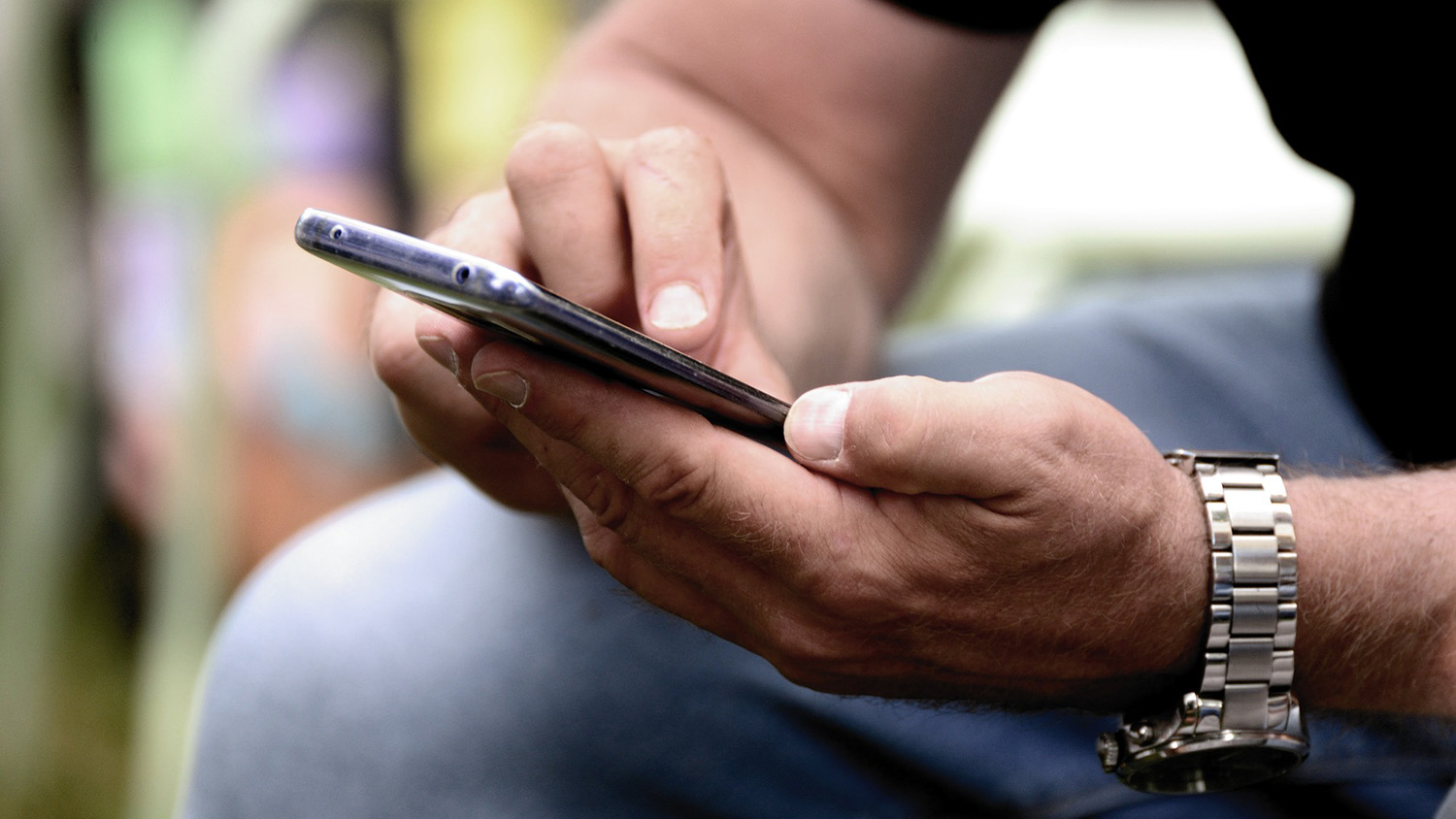For refugees or asylum seekers who arrive in a new country, the initial location they settle in plays a crucial role in their ability to integrate. Employment opportunities, available school places and community infrastructure are all necessary elements of a successful resettlement location. For refugees that relocate via resettlement schemes (114,300 in 2022, according to the UN), their new location is decided by caseworkers who are trained in taking the nuanced circumstances of an individual into account to consider where they might have the best chance of success.
Michael Hotard describes the first location refugees settle in as “a stumbling block or a stepping stone as [they] move towards a new life”. Hotard is the Director of GeoMatch, a software tool developed by researchers at the Immigration Policy Lab (IPL) at Stanford University and ETH Zurich. GeoMatch is provided to governments and non-profits to assist them in finding the most suitable location for refugees to resettle. The tool saves these organisations countless hours of manual data checks, instead using a machine learning model to provide location recommendations based on previous experiences of refugees in that location. Tests of GeoMatch’s algorithm using historical data resulted in refugees being twice as likely to find a job, compared to refugees who had been resettled without the aid of the model.
GeoMatch uses predictive machine learning to improve its four-step process
Hotard explained to RESET how he and his team train GeoMatch’s algorithm. “The first step is building predictive machine learning models using historical data from refugees and asylum seekers who have arrived in the country.” This data includes both demographic information and details of an individual’s economic situation: namely, whether or not someone in the family obtained employment. Then, a resettlement organisation applies the models to a newly arriving refugee or family who they are looking to resettle. “[GeoMatch] makes a prediction against all available locations about where that individual or family is most likely to succeed based on previous outcomes,” Hotard said. The algorithm then checks the capacity of each location, before providing a list of recommendations to the case decision maker.
So, does this mean that the fate of refugees is in the hands of a machine? Not quite. “We’ve designed GeoMatch as a recommendation tool,” Hotard explained. “There’s always a human decision maker considering that recommendation and making that final choice.”
Have a spare phone at home?
Instead of lying in a drawer, your old mobile phone could help refugees on escape routes. Find out more about the “Wir Packen’s An” association and donate your old phone here.
Can AI be trusted with resettlement data?
“We take data privacy concerns very seriously,” Hotard tells us. “All data is de-identified so the tool is not receiving names, contact information or addresses. It only receives the information that’s needed.”
The ethics of AI is another concern. Artificial intelligence has been known to have racist bias, while data sets that train AI often exclude women thanks to the gender data gap (a bias in data sets that results from a lack of sex-disaggregated data). How does GeoMatch ensure its algorithm doesn’t fall foul of bias? “We always test GeoMatch’s predicted impact on various subgroups,” Hotard says. This involves ensuring GeoMatch’s location recommendations consider the benefits for different genders and nationalities. They also consider what languages an individual speaks, as well as their level of education.
GeoMatch “empowers people to make more informed decisions”
GeoMatch has received positive feedback from the non-profits who have begun using the tool. Ultimately, the time saved by GeoMatch enables caseworkers to focus on the refugees and asylum seekers they work with. But, GeoMatch doesn’t replace the work of these caseworkers by blindly sending refugees to new locations. As Hotard describes it, GeoMatch “is a tool that empowers people to make more informed decisions.”
The post “The First Location Is a Stumbling Block or a Stepping Stone”: How AI Model GeoMatch Is Relocating Refugees appeared first on Digital for Good | RESET.ORG.


